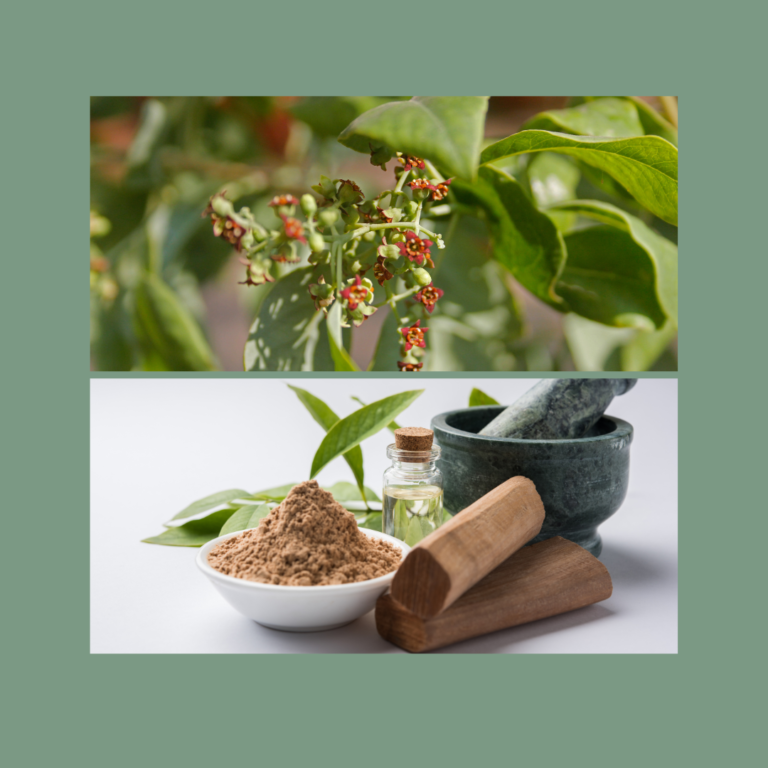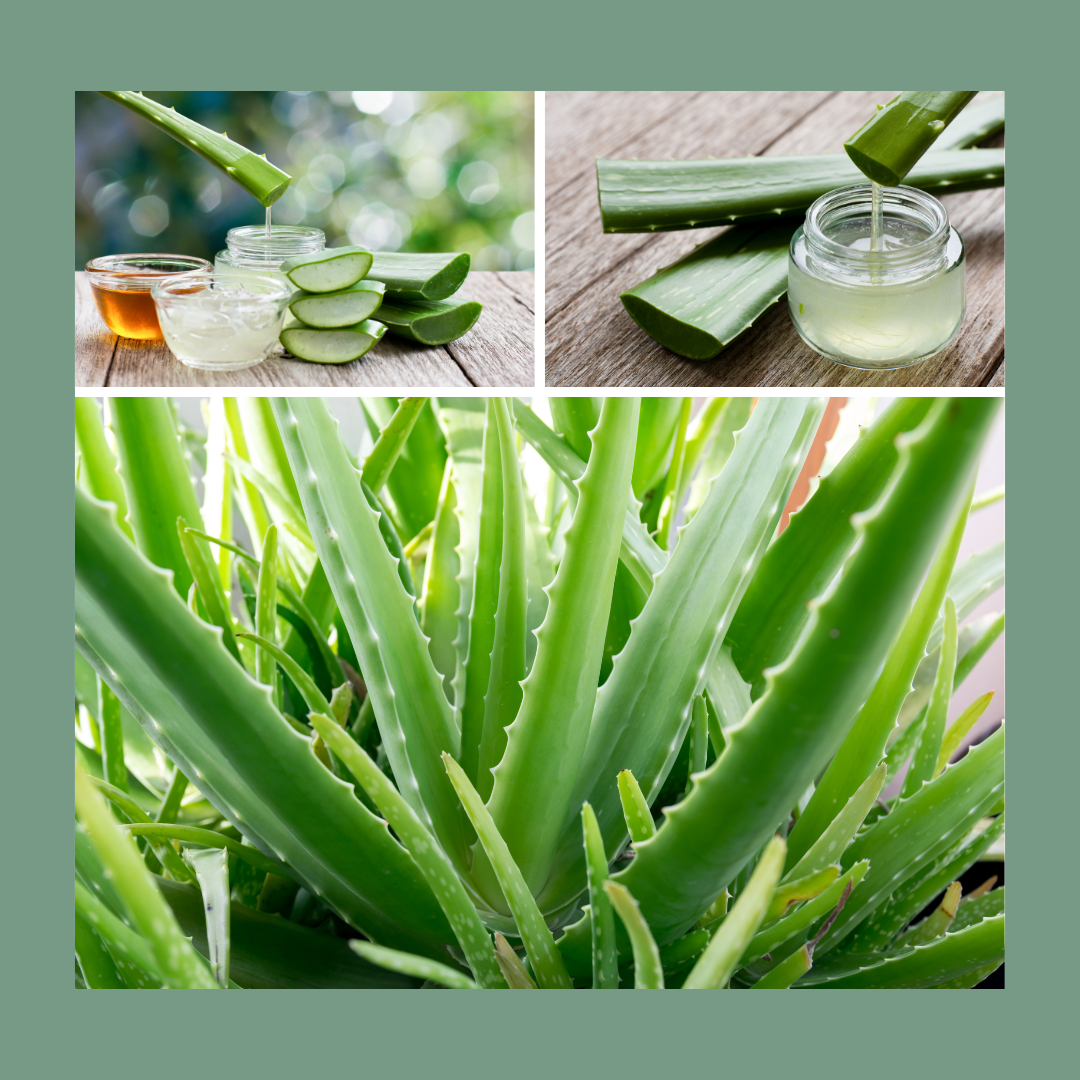
There are hundreds of types of aloe, and aloe vera is one of many varieties. The aloe that is mentioned in the Bible was probably sandalwood–a fragrant plant.
“Aloes are mentioned both in the OT and NT in connection with incense, scent or perfume (Num 24:6; Ps 45:8; Prov 7:17; Song of Solomon 4:14; and John 19:39). The perfume of the true aloe comes from the island of Socotra at the lower end of the Red Sea, hence the Lat. name, aloë succotrina. I
Image Credit: Research Gate
“It is thought, however, that the aloe mentioned in the OT is either the Aquilaria agallocha (Roxb.) or the sandalwood, Santalum album. The former is the eaglewood which grows in N India, Malaya and parts of China, where it is sometimes called the “aloes wood.” It is when the wood partially decays that the fragrance appears, and this is highly valued in the E. The sandalwood is close-grained and fragrant. The strong scent repels all insects. It was, therefore, used often for chests and cabinets. Balaam mentioned “like aloes” (Num 24:6). These could not have been eaglewood, because they do not grow in the Holy Land. …
“There is little doubt that the aloe mentioned in John 19:39 (the Gr. word Aloe) is the true Aloë succotrina, which was used often by the Egyptians, both for embalming and for perfume. It was mixed with the myrrh and sprinkled evenly among the wrappings during the embalming process.
The Entombment of Christ by Caravaggio (c. 1603) follows the Gospel of John: Nicodemus and Joseph of Arimathea jointly embalm and place Jesus in a tomb, while Jesus’s mother Mary, Mary Magdalene and Mary of Clopas look on.
Jesus Buried in Joseph’s Tomb
38 After this, Joseph of Arimathea, being a disciple of Jesus, but secretly, for fear of the Jews, asked Pilate that he might take away the body of Jesus; and Pilate gave him permission. So he came and took the body of Jesus. 39 And Nicodemus, who at first came to Jesus by night, also came, bringing a mixture of myrrh and aloes, about a hundred pounds. 40 Then they took the body of Jesus, and bound it in strips of linen with the spices, as the custom of the Jews is to bury. 41 Now in the place where He was crucified there was a garden, and in the garden a new tomb in which no one had yet been laid. 42 So there they laid Jesus, because of the Jews’ Preparation Day, for the tomb was nearby. John 19: 38-42.
“Nicodemus used a large quantity because he bought 100 Rom. pounds weight (approximately 75-lbs. avoirdupois) for embalming the body of the Lord Jesus. The drug was imported—thus, Nicodemus found it extremely expensive. In all hot countries, large quantities of scented spices have to be used because dead bodies putrefy quickly.
“The Aloë succotrina produces tubular, red flowers from thick, fleshy, pointed leaves, which grow as a large rosette. The fragrant drug comes from the pulp in the leaves. Aloë comes from the Arab. ‘Alloeh’.” The Encyclopedia of the Bible.
ALOE.—The Hebrews appear to have entertained a great respect for the Aloe (Ahaloth). In the Bible it is frequently referred to in commendatory terms, and its use as a perfume is of very great antiquity. King David, in the Psalms, says: “All thy garments smell of Myrrh, and Aloes, and Cassia.” Solomon, in the Canticles, mentions Aloes as one of the chief spices; and in Proverbs (vii., 17) refers to it as a scent.
6 I have spread my bed with tapestry,
Colored coverings of Egyptian linen.
17 I have perfumed my bed
With myrrh, aloes, and cinnamon.
18 Come, let us take our fill of love until morning; Proverbs 7;16-18.
“Aloes is one of the spices mentioned by St. John as having been brought by Nicodemus to embalm the body of our Lord.——There are two trees which yield this fragrant wood, viz., Aloexylum Agallochum, a native of the mountains of Hindostan, and Aquilaria Malaccensis, which grows in Malacca: the wood of these aromatic trees forms the principal ingredient in the scented sticks burned by the Hindus and Chinese in their temples. The heart of the Chinese Aloe, or Wood Aloes, is called Calambac, or Tambac-wood, which is reckoned in the Indies more precious than gold itself: it is used as a perfume; as a specific for persons affected with fainting fits or with the palsy; and as a setting for the most costly jewels. Both the name and the plant of the aromatic Aloe are of Indian origin, and it must not be confounded with the common Aloes, most of which have an offensive smell and a bitter taste.——
“In Wood’s Zoography we read: “The Mahommedans respect the Aloe as a plant of a superior nature. In Egypt, it may be said to bear some share in their religious ceremonies, since whoever returns from a pilgrimage to Mecca hangs it over his street door as a proof of his having performed that holy journey. The superstitious Egyptians believe that this plant hinders evil spirits and apparitions from entering the house, and on this account whoever walks the streets in Cairo will find it over the doors of both Christians and Jews.”——The Arabic name of the Aloe, Saber, signifies patience, and in Mecca at the end of most graves, facing the epitaph, is planted an Aloe, as an allusion to the patience required by those awaiting the arrival of the great day of resurrection.
“Most Eastern poets, however, speak of the Aloe as the symbol of bitterness; and the Romans seem to have been well acquainted with this qualification, judging from the allusion to it in Juvenal:—“Plus Aloes quam mellis habere.” “As bitter as Aloes” is a proverbial saying of considerable antiquity, derived doubtless from the acrid taste of the medicines obtained from the plant, and made principally from the pulp of the fleshy leaf of the Succotrine Aloe, the leaves of which have a remarkable efficacy in curing scalds and burns.——Not only, however, for its medicinal properties is the Aloe esteemed, for in some countries, particularly Mexico, the poor derive from it almost every necessary of life. The ancient manuscripts of Mexico are chiefly inscribed upon paper made from the fibres of the pité, or pith. Of the points of the leaves of the Aloe are made nails, darts, and awls, and with these last the Indians pierce holes in their ears when they propose to honour the Devil with some peculiar testimonies of their devotion.

ALOE VERA
“Native to Africa, aloe vera is commonly cultivated as a potted plant and has two distinct types of medicinal use. The clear gel contained in the leaf is a remarkably effective healer of wounds and burns, speeding up the rate of healing and reducing the risk of infection. The yellow sap from the base of the leaf when dried is known as ‘bitter aloes.’ It is a strong laxative, useful for short-term constipation.
“Aloe vera has prickly, gray-green, succulent leaves that yield effective medicinal substances.
Habitat & Cultivation
“Native to eastern and southern Africa, aloe vera grows wild in the tropics and is cultivated extensively worldwide. (Aloe vera plants grown as potted plants have a low anthraquinone content.) Aloe vera is propagated by breaking off small rooted plantlets. To collect the gel and bitter liquid, the leaves are cut and drained. Chevallier, Andrew. Encyclopedia of Herbal Medicine
Discover more from Jacki Kellum
Subscribe to get the latest posts sent to your email.
 .
.